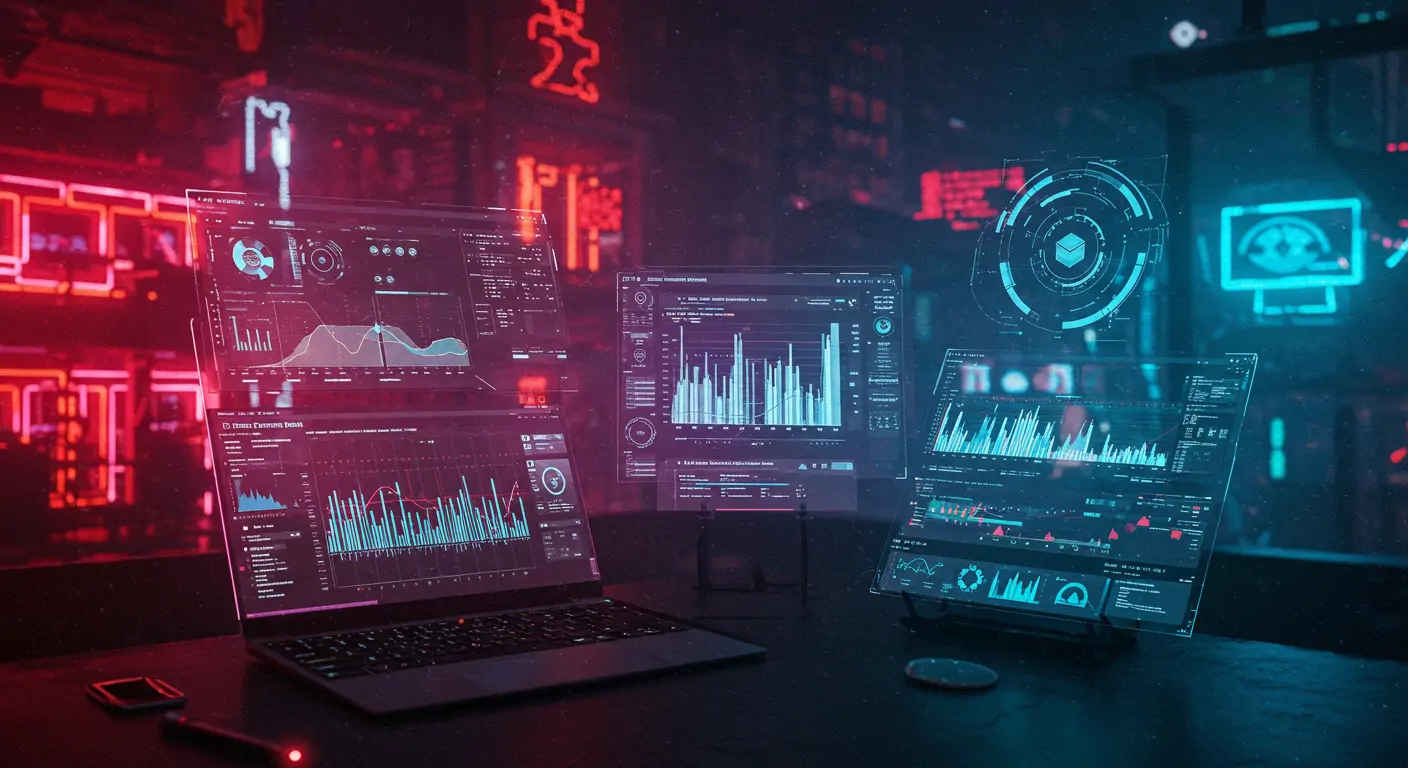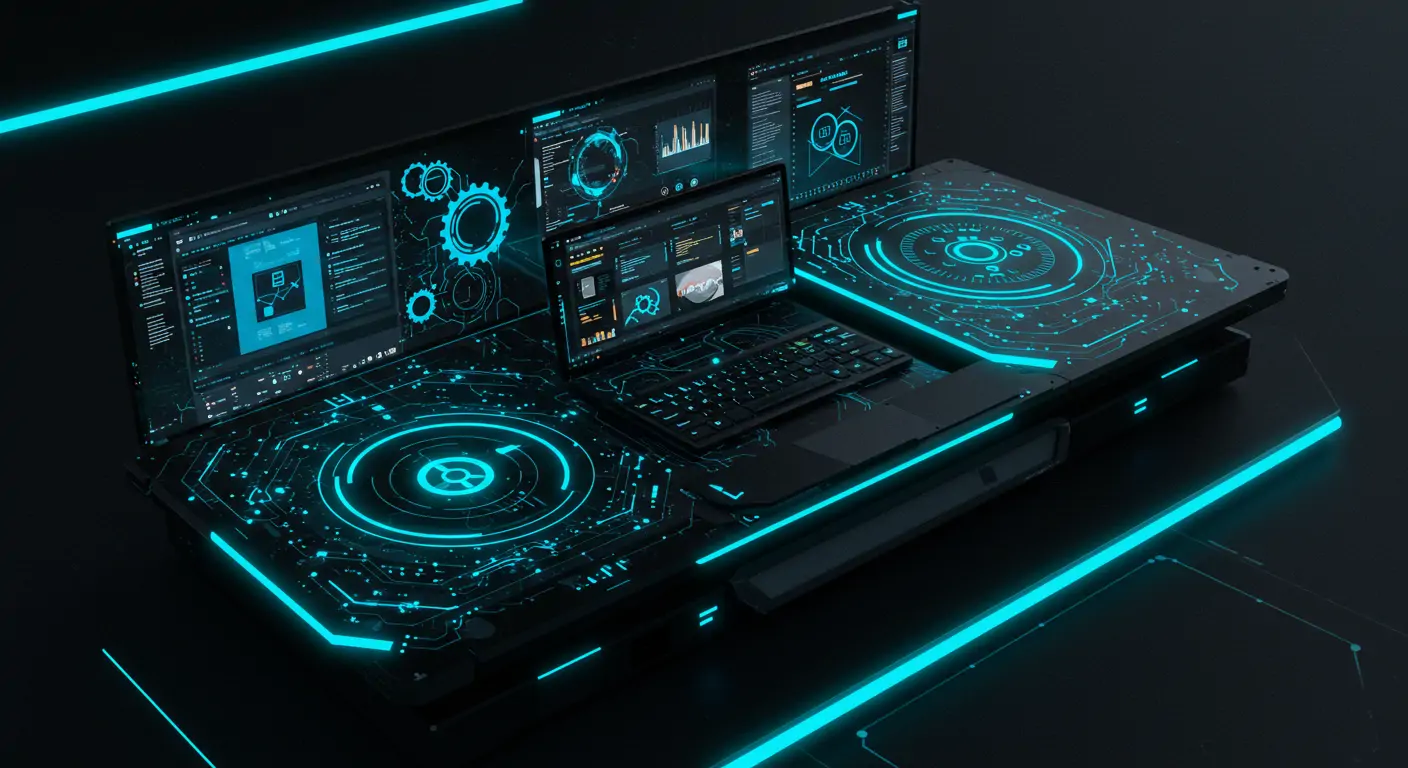What You'll Build
In this guide, you'll build a microservices architecture with React, utilizing LaunchDarkly for dynamic feature flags. By the end, you'll have a robust system that allows you to toggle features without deploying code changes, enhancing development velocity and reducing risk. The entire process will take approximately 3-4 hours.
Quick Start (TL;DR)
- Set up your environments and install LaunchDarkly SDKs.
- Create feature flags in the LaunchDarkly dashboard.
- Integrate LaunchDarkly with microservices and React components.
- Test the feature flags by toggling them on and off.
Prerequisites & Setup
Ensure you have Node.js (v16+) and a LaunchDarkly account. Set up a basic React app and a microservice using Express.js.
Detailed Step-by-Step Guide
Phase 1: Foundation
First, initialize your React application and Express.js microservice. Ensure you have LaunchDarkly's Node and React SDKs installed.
Phase 2: Core Features
Next, configure LaunchDarkly within your Express application, setting up initial feature flags on the LaunchDarkly dashboard.
Phase 3: Advanced Features
Implement feature flags within your React components to toggle UI elements based on flag status from LaunchDarkly.
Code Walkthrough
The code integrates dynamic feature flags, allowing seamless feature toggling. The use of hooks in React ensures minimal re-renders, enhancing performance.
Common Mistakes to Avoid
- Not initializing the LaunchDarkly client properly, which can lead to feature evaluation failures.
- Hardcoding feature flag values. Always fetch them dynamically to ensure consistency.
Performance & Security
Optimize the performance by using LaunchDarkly's streaming mode, which keeps feature flag updates instant. For security, ensure SDK keys are not exposed publicly and follow best practices for secrets management.
Going Further
Explore advanced techniques like using feature flags for user segmentation and A/B testing. Additional resources are available in the LaunchDarkly documentation.
Frequently Asked Questions
Q: How does LaunchDarkly handle flag evaluations?
A: LaunchDarkly evaluates flags at runtime, allowing dynamic toggling without redeployments. It uses a streaming architecture to update flags in real-time, ensuring consistency across environments.
Q: Can I use feature flags for A/B testing?
A: Yes, feature flags are ideal for A/B testing. By targeting specific user segments using LaunchDarkly's targeting rules, you can control which users see which variations, providing valuable insights into feature performance and user behavior.
Q: How secure are feature flags in LaunchDarkly?
A: LaunchDarkly employs secure data transmission and storage practices. However, developers must ensure that SDK keys are kept secure and not exposed in client-side code to prevent unauthorized access.
Q: What are the performance implications of using feature flags?
A: When implemented correctly, feature flags introduce negligible latency. LaunchDarkly's streaming updates reduce the need for frequent polling, maintaining low overhead and ensuring rapid flag state changes.
Q: How do I test flags before deploying to production?
A: Use LaunchDarkly's environments feature to create staging or testing environments that mimic production. This allows you to safely test flag behaviors without affecting live users.
Conclusion & Next Steps
In this tutorial, you implemented dynamic feature flags within a microservices architecture using LaunchDarkly and React. Next, consider extending this system by integrating with other tools like Kubernetes for deployment or exploring serverless architectures. Additional learning can be found in LaunchDarkly's in-depth guides and community forums.




